The marine autopilot system is one of the simplest yet highly favored equipment inside the ship’s bridge.
In most instances, it is a favorite of every able seaman, specifically the helmsmen, since it relieves them on one of the most monotonous jobs onboard.
But how do we specifically use it, and when is the perfect time to activate the ship’s automatic pilot system?
Let’s get into the nitty-gritty of this bridge equipment.
Key Takeaways
- Marine autopilots automatically steer ships on pre-programmed courses.
- The autopilot system frees officers and their AB watchmen from manually steering for long stretches that can be tiring and monotonous
- Officers engage automatic steering for long voyages, straight courses, and light traffic, but not during heavy traffic in narrow channels.
What is a marine autopilot system?
A marine autopilot system is a navigational tool that automatically controls and maintains the vessel’s course and heading without constant manual input from the ship’s crew.
After setting a pre-determined course, the autopilot system steers the vessel to follow that route.
This frees up the ABs and crew to do other tasks instead of holding the steering wheel all day.
Imagine sailing from Amsterdam to New York with manual steering. This will put undue stress on the helmsman who must tender the ship’s heading 8 hours a day!
How we use the ship’s autopilot system
The autopilot system is also known in many terms, such as a ship’s autopilot system, automatic steering, and auto-steering.
We normally engage this mode after the pilot disembarks and the traffic is light, visibility good, and crossing over major oceans.
Aside from this equipment being connected to the gyro compass, it is also integrated into the magnetic compass as a backup source.
Change from hand steering to autopilot
Here is how to change over from manual steering to auto-steering.
- Maneuver the ship to the desired course and keep her steady on that heading.
- Keep your rudder amidships.
- Switch over the selector knob from hand steering to autopilot.
- Observe if the auto-steering is functioning by checking if the rudder is moving on its own and the vessel is brought to the set heading.
- Record the change in the deck logbook if everything is normal with no alarm.
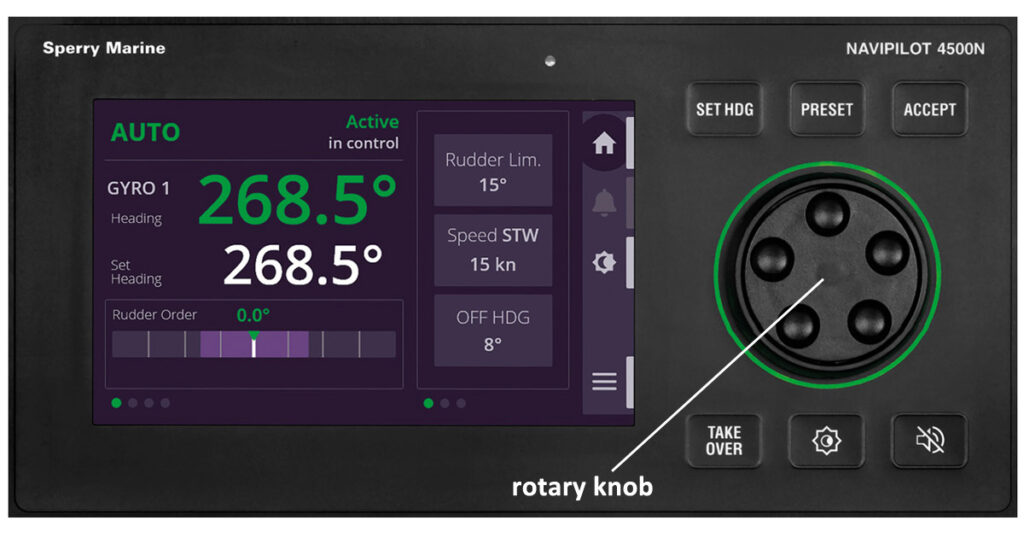
Adjusting your pre-selected courses or heading
Most steering consoles that I used are very user-friendly.
If you want to change or adjust your course, here are the simple ways to do it.
- Go to the steering console and find the rotary knob.
- Turn the rotary knob and check the numbers (course) in the “Set Heading” display until it matches your desired course.
- The LED of the Set Heading should start flashing.
- To accept the selected course, press the Set Key button within 15 seconds.
- If not acknowledged, the current heading value reappears in the heading display.
Different models and brands may have more or fewer steps than we have here. Check the manual or ask your experienced colleague if you are new to the vessel.
But as per experience, their operation usually goes like the abovementioned steps.
When to use and not to use the autopilot system
Though the autopilot steering system is a work of wonder for many seafarers, it also has limitations.
That’s why manual steering is also very important, with everyone in the bridge team thoroughly familiar with the standard helm orders.
Knowing when to switch between two modes is a part of good seamanship.
First of all, your company should have clear guidance about the switchover posted in the bridge standing orders.
When to engage the autopilot system
Here are instances of when we should use the automatic steering system.
- Long voyages – Best and most efficient use.
- Straight courses – Does better in steadying the heading than any human.
- Minor course alteration – Can correctly apply the right amount of rudder.
- Light to moderate traffic – Happens on organized traffic systems like the TSS.
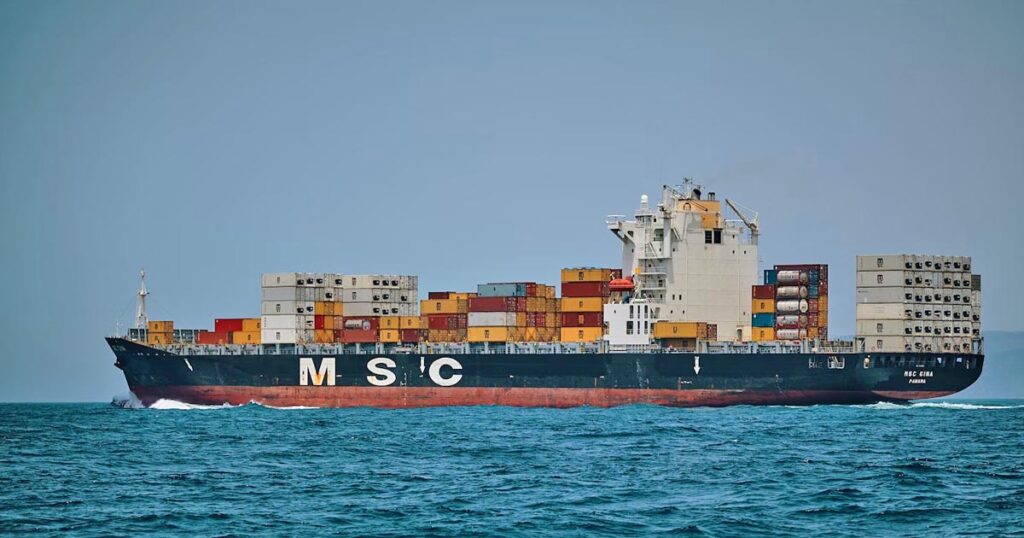
When not to use the autopilot system
There are many instances where hand steering is preferred over auto-steering. Here are some of them:
- Large course alterations.
- Pilotage in narrow channels and fairways.
- Maneuvering the vessel for mooring operations.
- Emergency situations, including safety drills.
- Approaching the anchorage area for dropping your anchor.
- The vessel is within 2 nautical miles of the nearest coast or navigational hazards.
- Areas with shallow waters.
- Navigating in restricted visibility.
- Vessel is at anchor or moored alongside.
- Leaving port.
- Reduced speed.
- Malfunctioning autopilot system.
- When the Master considers it necessary.
In some cases, even navigating within the conditions above, the Ship Master may use autopilot according to his professional judgment.
I experience sailing with Captains who prefer auto steering since it’s more reliable, doesn’t get tired or fatigued, and he has bad experiences with manual steering.
Connected equipment
As part of the integrated bridge system, the autopilot system is connected to various navigational tools.
This ensures precise and reliable performance and knowing how to address and troubleshoot if it ever sends an alarm.
Here are the navigational equipment connected to this device:
- Rudder/ Steering Gear
- Rudder Angle Indicator
- ECDIS or Electronic Chart Display and Information System
- Backup Power supply
- Gyro compass
- Magnetic Compass
- Alarm panels
- Voyage Data Recorder (VDR)
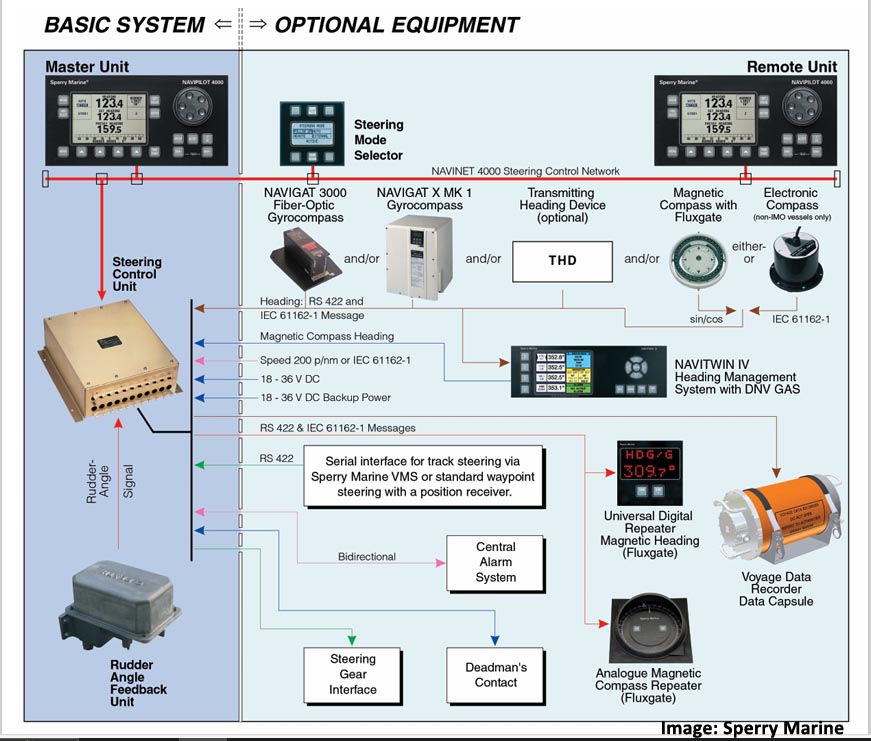
Which type of ship uses an autopilot system?
All types of merchant ships stated in SOLAS Chapter V must have an autopilot steering system.
These include cruise ships, tanker vessels, container carriers, bulk carriers, dredgers, and others.
As long as they belong to the category specified in SOLAS Ch. V Regulation 1.4 below, they must use an autopilot system in their ships.
- Ships below 150 gross tonnage engaged on any voyage;
- Ships below 500 gross tonnage not engaged on international voyages; and
- Fishing vessels.
If you are interested, IMO Resolution A.342(IX) tackles more about the performance standards of autopilot systems.
On another note, private yachts and boats may also use this technology as it dramatically reduces workload during long voyages.
One of the shipboard events that made me realize the importance of this equipment was when we were in the Bay of Biscay.
We were drifting due to terrible weather conditions, and the autopilot system couldn’t function well due to our reduced speed. We had to “drive” the ship manually for 5 days, and it was so exhausting and boring at the same time.
That’s why, in my intro, I described this as a highly favored navigational equipment.
What’s your best and worst experience relating to the ship’s autopilot system?
May the winds be in your favor.

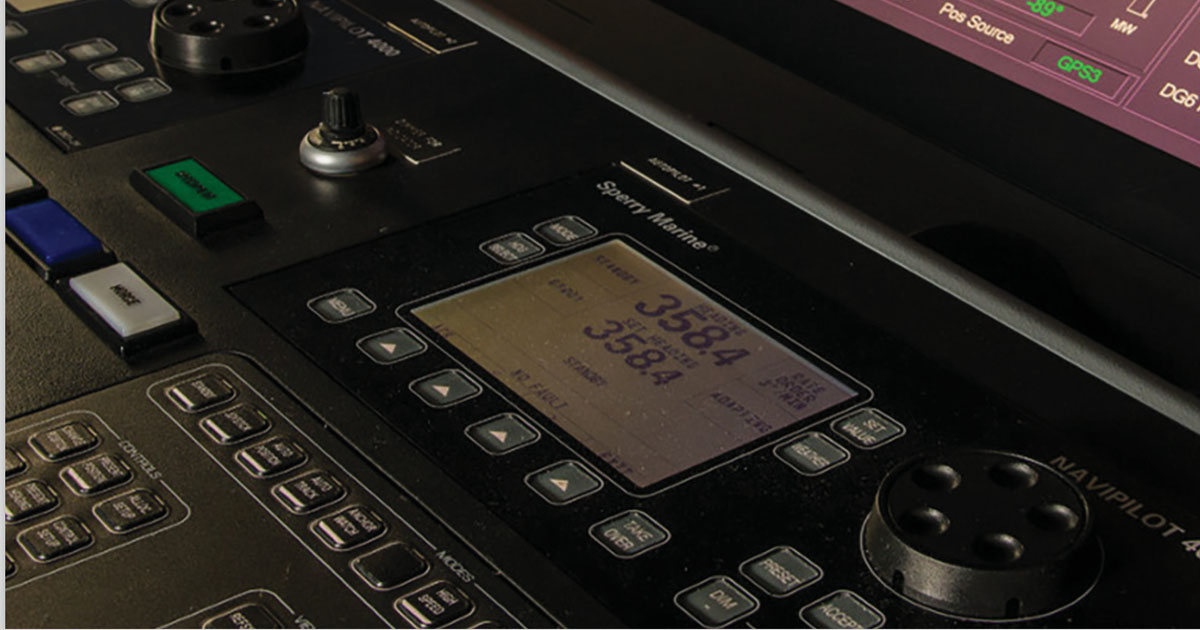
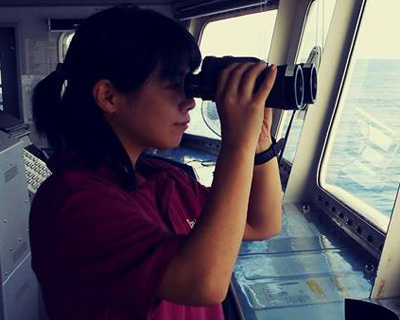
0 Comments